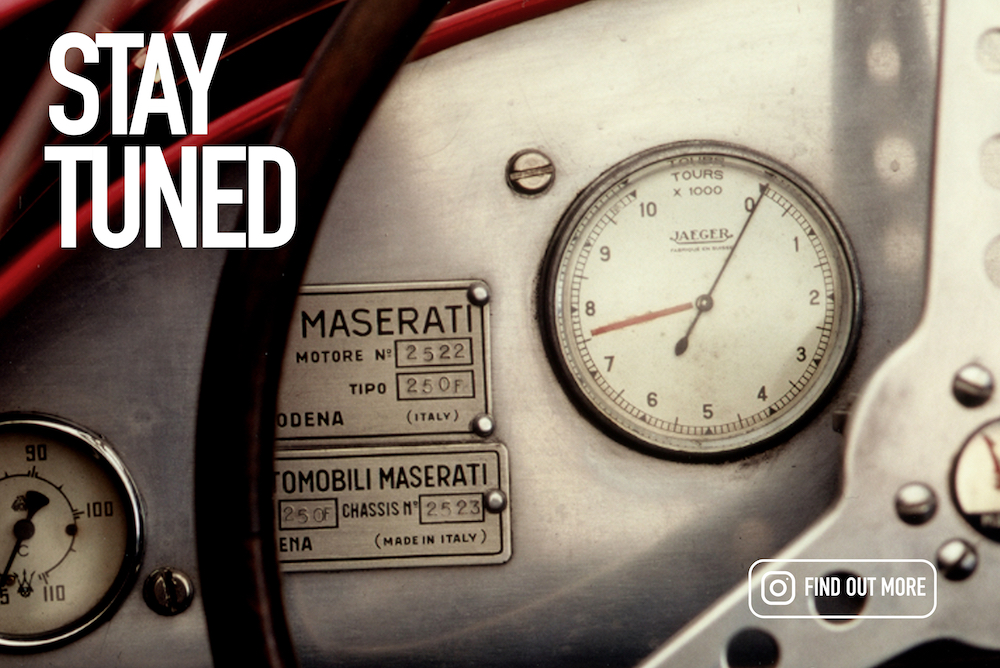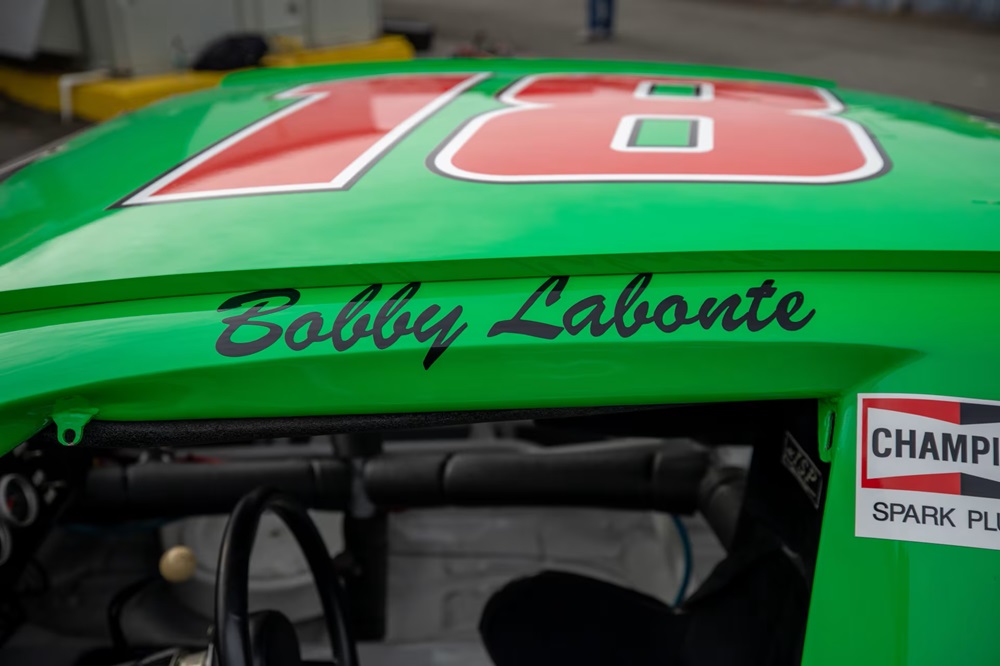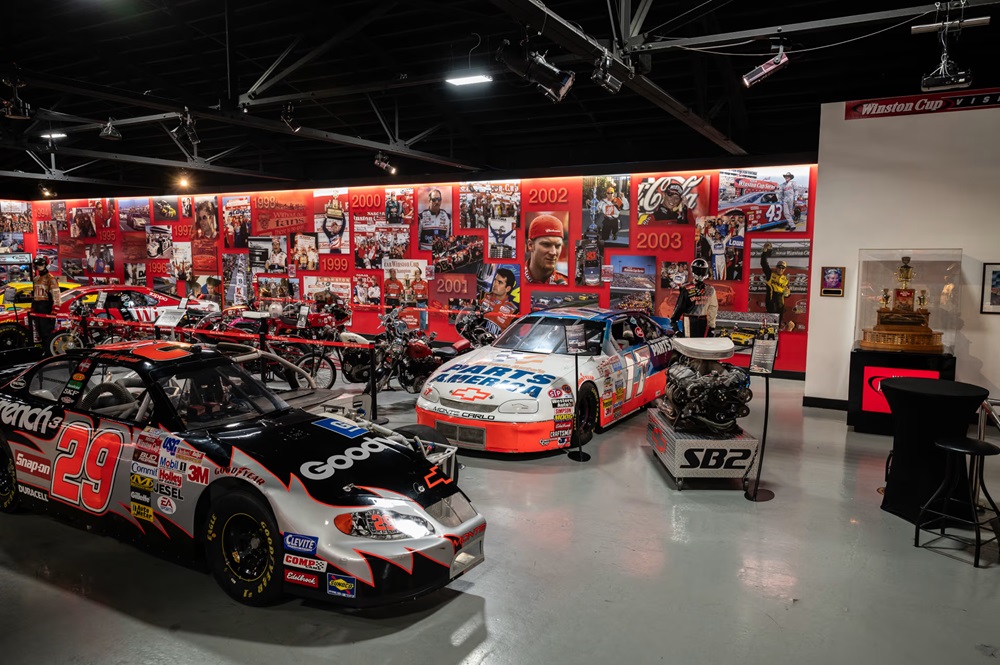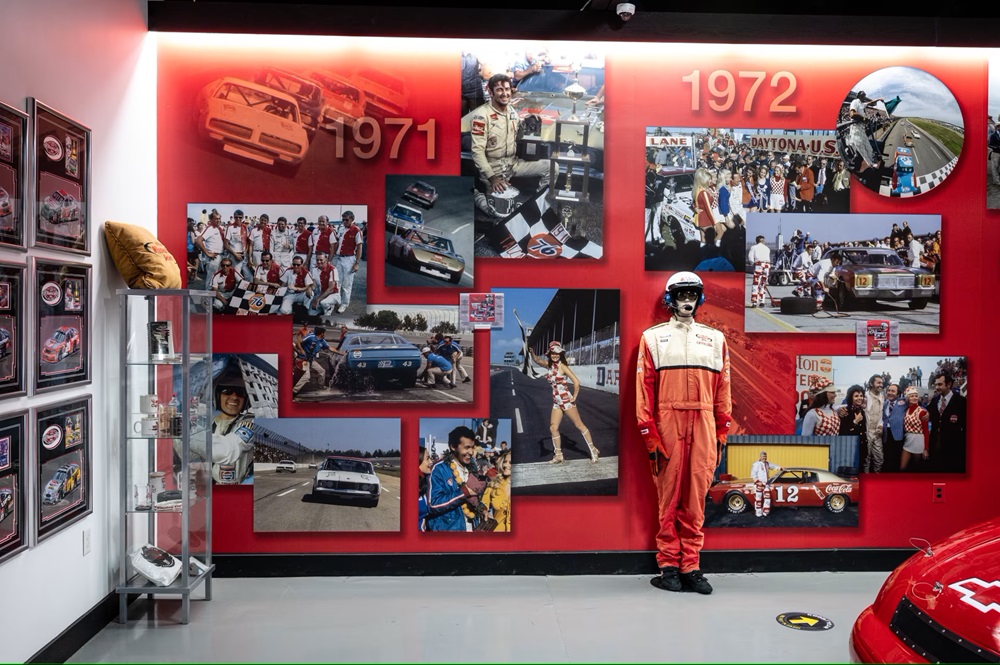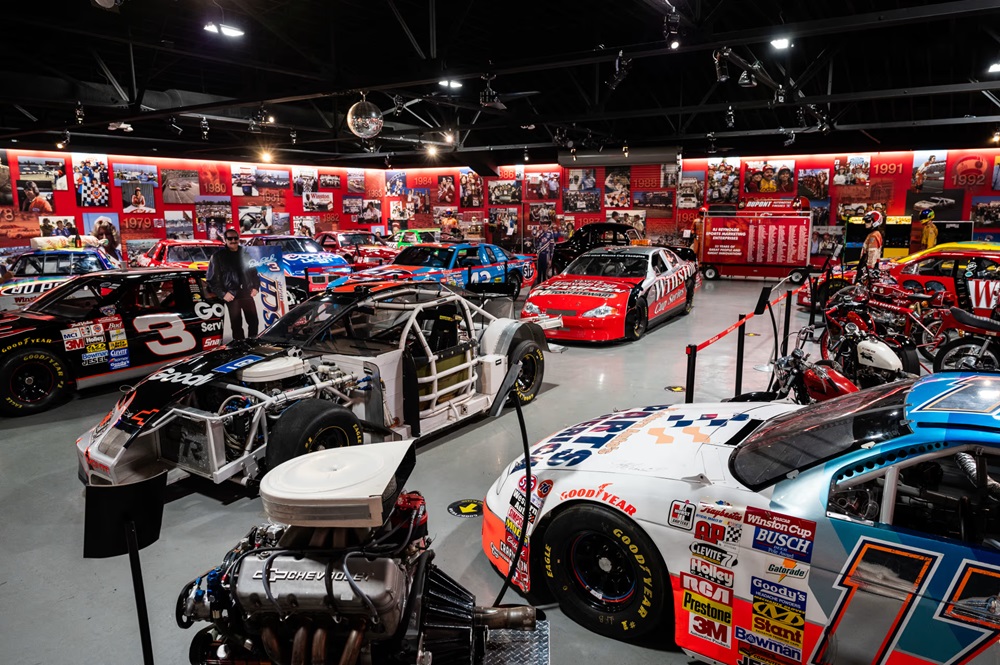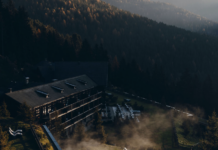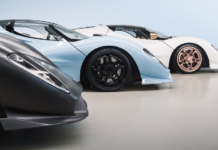Held within the mural-covered walls of a modestly sized building in the heart of Winston-Salem, North Carolina, are 33 years of celebrated NASCAR history from the series’ golden era—the decades that saw drivers like Richard Petty, Dale Earnhardt, Bill Elliot, Cale Yarborough and others rise to a level of fame and visibility rarely achieved by participants at any level of any competitive sport.
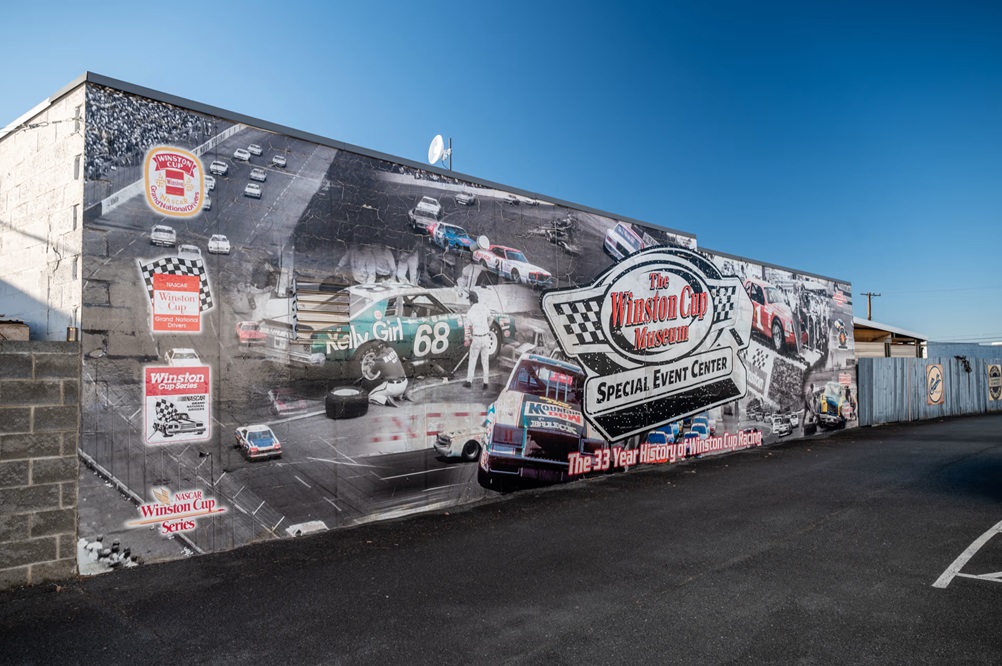
Carefully curated live in-period as the thrilling years unfolded, the actual race cars and authentic gear and other memorabilia that call the building home were hand selected for inclusion by a man directly involved with, and even responsible for, much of their design and ultimate creation: Will Spencer, along with his wife, Christy, of JKS Motorsports, now known as JKS Incorporated. Having recently made the extremely difficult decision to shutter the operation after nearly 20 years of hosting visitors from around the globe, the Spencers will soon present a large portion of the collection from their public museum at the 25th annual World’s Largest Collector Car Auction® in Kissimmee, Florida, this January.
Will Spencer started creating designs, promotional products and more for NASCAR’s Cup Series back in the early 1980s, but he still remembers his very first time getting a taste of the live on-track action in 1971.
“My first NASCAR Cup Series race was 1971,” Spencer recalled. “A good friend of mine I grew up with, his dad worked for Reynolds. His name was Curtis. He had a Winnebago, and we had Mini Trail 50s. He got tickets to Rockingham, and we went and camped out at the infield, and I can still remember the fire burning in the barrels. It was actually one of the first races for the Cup Series. We got there on a Friday, and were there on Saturday, and then, Sunday, we took our Mini Trail 50s and parked between turns one and two, and I watched Richard Petty and Cale Yarborough battle for the win.”
While Spencer had grown up with go-karts and motorcycles and had long held an appreciation for all things automotive, the live action experience at Rockingham Speedway cemented in him a determination to find his own way into the sport, and find it he did, albeit through a rather unique means.
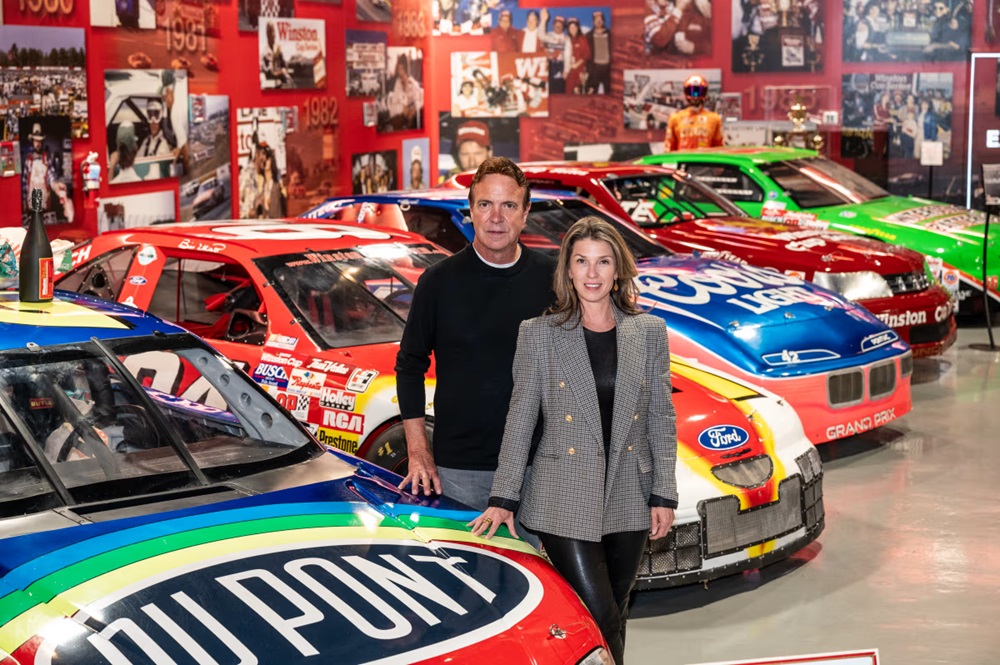 “I wasn’t really sure what I wanted to do in life, but I knew I loved racing, and I loved cars,” he said. After tiring of his role working as a used car salesman for Chevrolet, Spencer decided to try something different.
“I wasn’t really sure what I wanted to do in life, but I knew I loved racing, and I loved cars,” he said. After tiring of his role working as a used car salesman for Chevrolet, Spencer decided to try something different.
“I went and rented a building at 876 North Liberty Street that had about as much roof on it as a convertible, and I didn’t know what I was going to do, and I was buying and selling cars, and my opportunity to do what I ended up doing was all by mistake, or it might have been chance, or luck.”
With no real plan as to how to move forward, Spencer purchased the equipment from a screen printing business at a bankruptcy sale and relocated it to his building, while knowing, admittedly, nothing at all about how to use it. He asked the young man who’d worked with the equipment before the company bottomed out to show him how it functioned, and soon, in a 20-by-20-foot area of the building, JKS was started—named using Spencer’s dad’s initials.
“I told him, that way, if it failed, I could blame it on him,” Spencer joked.
After a year or two of learning the ropes and getting the hang of production, Spencer went to Reynolds Sports Marketing Enterprises, the company that handled RJ Reynolds’ race-related sponsorships, and he presented them with some of his screen printing work.
“I met with a man named Jeff Byrd, and I showed him a stack of pictures, and he said, ‘Well, Will, you can do about everything that we need done for what we’re doing in sports marketing,’ and the rest was history,” Spencer said.
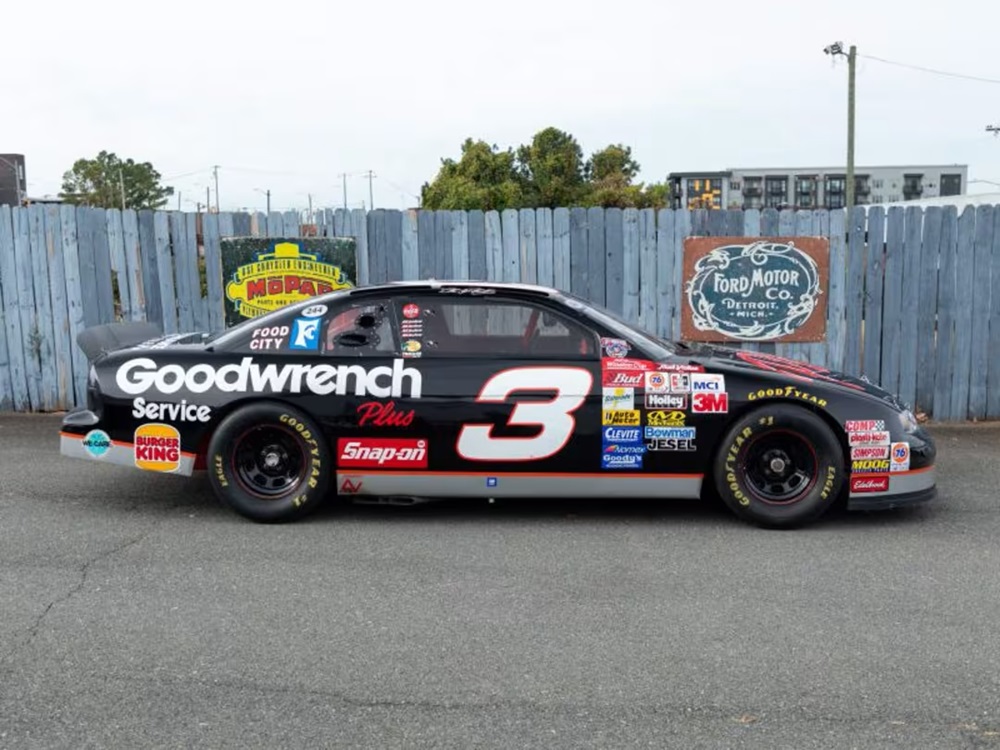 According to Spencer, JKS soon found its niche with show cars, promotions of show cars and on-track promotions, eventually becoming the main event support for the NASCAR Cup Series, NASCAR Racing Series and NHRA Drag Series in the 1990s. From there, Spencer said the company became the supplier of the events’ small displays, the track signage, “and pretty much the gamut of what happened to make an event go on.” During that time, JKS grew from a three-person operation to 75 full-time staff members fulfilling orders for more than 30 full-scale Cup Series races each year, 97 Racing Series tracks, 14 NHRA drag race tracks and more.
According to Spencer, JKS soon found its niche with show cars, promotions of show cars and on-track promotions, eventually becoming the main event support for the NASCAR Cup Series, NASCAR Racing Series and NHRA Drag Series in the 1990s. From there, Spencer said the company became the supplier of the events’ small displays, the track signage, “and pretty much the gamut of what happened to make an event go on.” During that time, JKS grew from a three-person operation to 75 full-time staff members fulfilling orders for more than 30 full-scale Cup Series races each year, 97 Racing Series tracks, 14 NHRA drag race tracks and more.
“It grew unbelievably,” Spencer said. “From 1984 to 2003, when RJ Reynolds got out of the sport, we went from not only supporting RJ Reynolds SME but the majority of the race teams for all their needs, from show cars to displays, painting trucks and trailers, all their sponsor-branded banners, everything from the pit signs in the garage area to pretty much anything you can think of as far as NASCAR.”
Even after RJR’s decision to pull out of the sport in 2003, JKS continued to serve as the main supplier for new lead sponsor NEXTEL for another 13 years.
Prior to RJR’s withdrawal from sponsorship, Spencer said there was always a running joke when anything would get retired from the track scene.
“The joke was ‘Wreck it on Sunday, and Will’s going to buy it on Monday,’” he said. “Anything we used to support RJR, the big joke was ‘Take it to the museum.’”
At the time, the “museum” was just a warehouse space where Spencer would stash away items that were no longer being used, from helmets to signs to vehicles and more.
“At one point in my life, I owned over 118 NASCARs in various warehouses,” Spencer said. “Pretty much anything that was wrecked on Sunday and wasn’t going to be raced again, I bought it.”
While it may have started as a joke, a little prodding by longtime race car owner Richard Childress was all the inspiration Spencer needed to start bringing the idea of an actual museum to life in a very serious way. The museum building was purchased from the city of Winston-Salem in October 2004, and construction began the next month, reaching completion in late April 2005. The city contributed new sidewalks and landscaping to the project, and the museum opened to the public in May 2005.
“The museum, for me, was very, very special,” Spencer said, “because RJ Reynolds and Sports Marketing Enterprises gave me a lifetime opportunity for over 20 years, and when I was trying to figure out how to do the museum, and I did it, the greatest part of it was, it was a thank you to Reynolds for what they had done for me and a gift to the city of Winston-Salem.”
Spencer said his favorite part of the museum is probably the mural that covers the interior perimeter of the walls, as he felt it was a vital tool for displaying the history of the NASCAR Cup Series in an organized, visually appealing and easy-to-understand way.
“Putting together a 250-foot mural to explain 33 years of history, or a concept to do that, was invaluable. Because the mural is absolutely gorgeous.”
When designing the layout of the museum overall, Christy played a key part in the process.
“I was very adamant about: it needed to look clean and timeless,” she said. “We’ve seen a lot of racing museums that have a lot of cool stuff, but there’s too much there, and it’s hard to focus on one item because it’s overwhelming. It was really important to me that the aesthetic be clean and concise and look modern; that no matter how many years passed, you could walk in and focus on a car or a trophy and not all the stuff around it.”
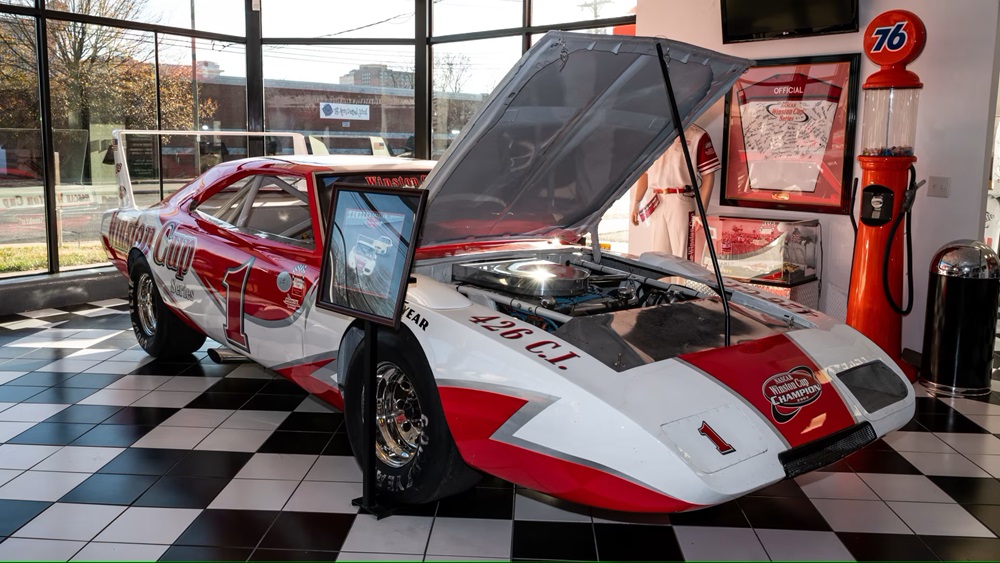
The museum has played host to countless visitors and events over the years, with guests from Germany, England, Asia, South America and beyond all making the trek out to get a first-hand look at the treasures inside. The clientele has included everyone from gearheads to a club claiming to be open only to the top 75 neurosurgeons in the country. They’ve welcomed weddings and marriage renewals, as well as countless local charitable fundraising events.
Another of Spencer’s favorite features is the museum’s guestbook, which they encourage everyone who comes through the doors to sign.
“One of the biggest pleasures I get is flipping through the pages every day of all the visitors and reading their comments—‘This is great,’ ‘We love it,’ ‘Thank you for preserving this history, this era in NASCAR’—their responses in the book of how they’re as passionate about the sport as I am,” Spencer said.
Spencer’s favorite features aside, it’s ultimately the cars and collectibles on display that make the museum what it is and has been for the past two decades, and letting all of it go is going to be exceptionally difficult for both Will and Christy.
“Everything runs its course, and it’s had its season—two decades—and unfortunately,” Spencer said, holding back tears, “I now have to do the hardest thing I’ve ever done in my life.”
Still, he said the entire experience, his literal life’s work, has brought him more joy than many could ever hope to feel, and he remains grateful for every moment along the way.
“RJR invented marketing; they created the playbook. Everything they touched was a success in every aspect. All I did was preserve the history of everything they did, and how honored am I to have been able to have done that?”
The offering at Kissimmee will include approximately 30-plus race cars, two motors, arcade games, 40 to 50 helmets, 20 to 25 race suits, 75 to 100 framed race pictures, six to eight race trophies, over 50 authentic race car hoods and more, and all of it boasts unparalleled authenticity as it hails straight from the collection of a man responsible for much of its original creation.
“These 33 years of NASCAR will never be matched or recreated, but I preserved it for almost 20 years, and I’m proud of that, and of my wife helping me make the museum a special place for everyone,” Spencer said.
It’ll be a bittersweet goodbye for the Spencers, but they said they’re confident in their decision, and they’re looking forward to the joy that sharing their collection with others in an entirely new kind of way will bring.
find more news here…
